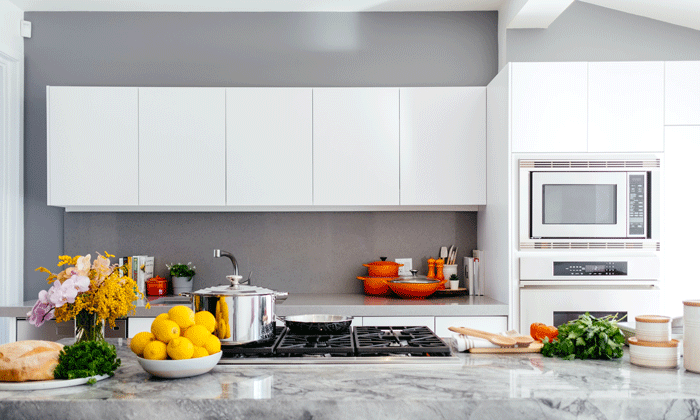According to the World Health Organization (WHO), around 3.8 million people a year die from the exposure to household air pollution. Poor indoor air quality has been linked to a range of illnesses, including asthma, pneumonia, lung cancer, chronic obstructive pulmonary disease and cardiovascular disease.
A wide range of activities contribute to indoor air pollution. Fine particles are generated during activities such as cooking (particularly frying and roasting), cleaning, and the use of flames and candles. Three billion people are expected to still cook over open flames or with basic stoves powered by kerosene, coal, or biomass, resulting in significant indoor pollution. Even contemporary stoves, though, can be dangerous.
According to one research, making an egg in your kitchen exposes you to more PM2.5 (tiny particles that are harmful to human health when breathed) than standing on an ordinary London curb side. According to another study, preparing a Sunday roast or Thanksgiving meal may create higher levels of PM2.5s than the streets of Delhi, one of the world’s most polluted cities. According to Marina Vance, an environmental engineer at the University of Colorado Boulder, and her colleagues, these particles presented a particular threat to the respiratory system. Surprisingly, the greatest levels of PM2.5 were seen when preparing breakfast.
At houses, people utilize a lot of airborne chemicals. Those chemicals are commonly found in furniture glues, as well as paints, sealants, and wood, and building products. Household cleaning goods, personal care items such as perfumes, shower gels, glues, inks, and air fresheners all generate VOCs. That VOCs are more hazardous than others chemicals, but they all combine with nitrogen oxides to form ground-level ozone.
Vacuuming, unless adequate high-grade filters are employed, is another cause of indoor air pollution, and mopping with certain cleaning solutions can further raise the amounts of airborne pollutants.
Mold spores and mold fragments from wet and moisture are examples of other contaminants. Heating stoves and gas hobs also emit combustion gases such as carbon monoxide, carbon dioxide, and nitrogen oxides, while candles, oil lamps, and tobacco smoking all contribute. Although gases such as nitrogen dioxide can be found outside, they can build up in far larger quantities indoors.
Radon is an odourless – radioactive gas that occurs naturally, they can enter the building from the ground of fractures in the walls – and build-up within if there is insufficient ventilation. Radon is the main cause of lung cancer among non-smokers, especially int the United States.
According to research released last year by indoor air pollution experts Air Topia, over half of all UK households have high levels of indoor air pollution. A quarter of the homes in Birmingham, London, and the Home Counties of England had more than double the quantity of formaldehyde that was considered safe. In addition, 45 percent of houses had considerably higher levels of VOCs, with 28 percent of those living in homes with high VOC readings having numerous respiratory problems.
Recently, some researchers from Portugal examine about the air quality in houses where mothers and babies’ lives. The researchers have discovered that three-quarters of the houses had PM2.5 levels above, it is way over the WHO’s recommendation limits – while around 41% of the homes had PM10 levels beyond the WHO’s recommendation limits.
While indoor air pollution levels can occasionally reach dangerous levels and certain chemicals can become poisonous, each house is unique, and each person impacts indoor air in unique ways based on their activities and habits. That means it varies a lot and can be much more difficult to study than outside air pollution.
Most likely, we spend about 90% of our time indoors, and as more people working from home and spend more time indoors than before, having fresher indoor air quality has become an essential thing than ever. Pollutant concentrations are typically greater inside our buildings that outdoors, yet indoor air is generally uncontrolled, which is worrying. Now, public has acknowledged about the connection between poor air quality to the health of their life.


